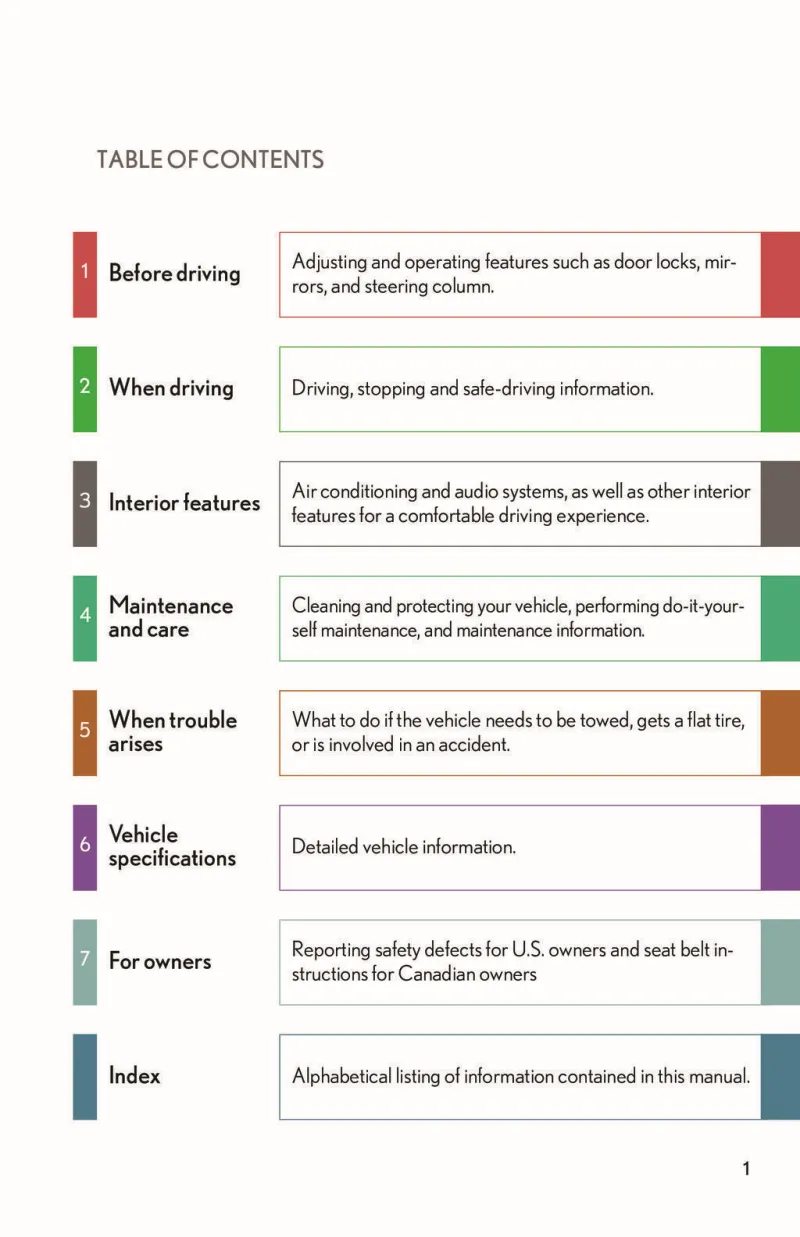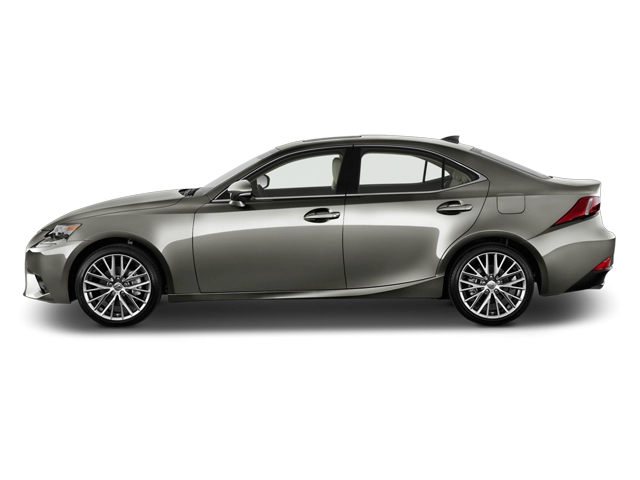2008 Lexus Is250 Owner's Manual

Table of Contents
2008 Lexus Is250 Overview
Introduction
The 2008 Lexus IS250 is a standout in the luxury compact sedan segment, showcasing Lexus's commitment to sophistication, performance, and advanced technology. With its sleek exterior design, comfortable interior, and engaging driving dynamics, the IS250 caters to the discerning driver who values both style and substance. Its blend of luxury features and reliability makes it an appealing choice for those looking for a used luxury vehicle that stands the test of time.
Powertrains
Under the hood, the 2008 Lexus IS250 features a responsive 2.5-liter V6 engine that delivers an impressive 204 horsepower. This powerplant is paired with a smooth six-speed automatic transmission, ensuring effortless acceleration and seamless gear shifts. The IS250 offers both rear-wheel drive and all-wheel drive configurations, allowing drivers to choose the setup that best suits their driving preferences and environmental conditions. With fuel efficiency ratings of approximately 21 mpg city and 29 mpg highway, the IS250 strikes a balance between performance and economy.
Trims
The 2008 IS250 is available in several trims, including the base model, as well as the upgraded IS250 AWD and IS250 Sport variants. Each trim level comes generously equipped with a range of luxury features, including leather upholstery, dual-zone climate control, and a premium audio system, ensuring that every aspect of the driving experience is designed for comfort and convenience.
Features
This model comes packed with an array of innovative features such as a power moonroof, keyless entry, and a navigation system with a spacious touchscreen interface. Safety is paramount in the IS250, which includes an advanced suite of airbags, vehicle stability control, and antilock brakes. Options like Bluetooth connectivity and a Mark Levinson sound system elevate the driving experience even further.
Owners Manual
The owners manual for the 2008 Lexus IS250 serves as an invaluable resource, offering guidance on vehicle maintenance, specifications, and operation. It provides detailed information on the various features, ensuring owners can fully utilize the car’s capabilities while maintaining its performance and aesthetic appeal. Regular reference to the manual can help sustain the vehicle’s longevity and enhance the overall ownership experience.
User manual download
The Lexus Is250 owner manual for the 2008 model year is to be found in PDF downloadable format on this page. The owner manual for the model year 2008 is free and in English, but the repair manuals are usually not easy to get and may cost more.
Manual Questions
Fill the form below and someone will help you!

